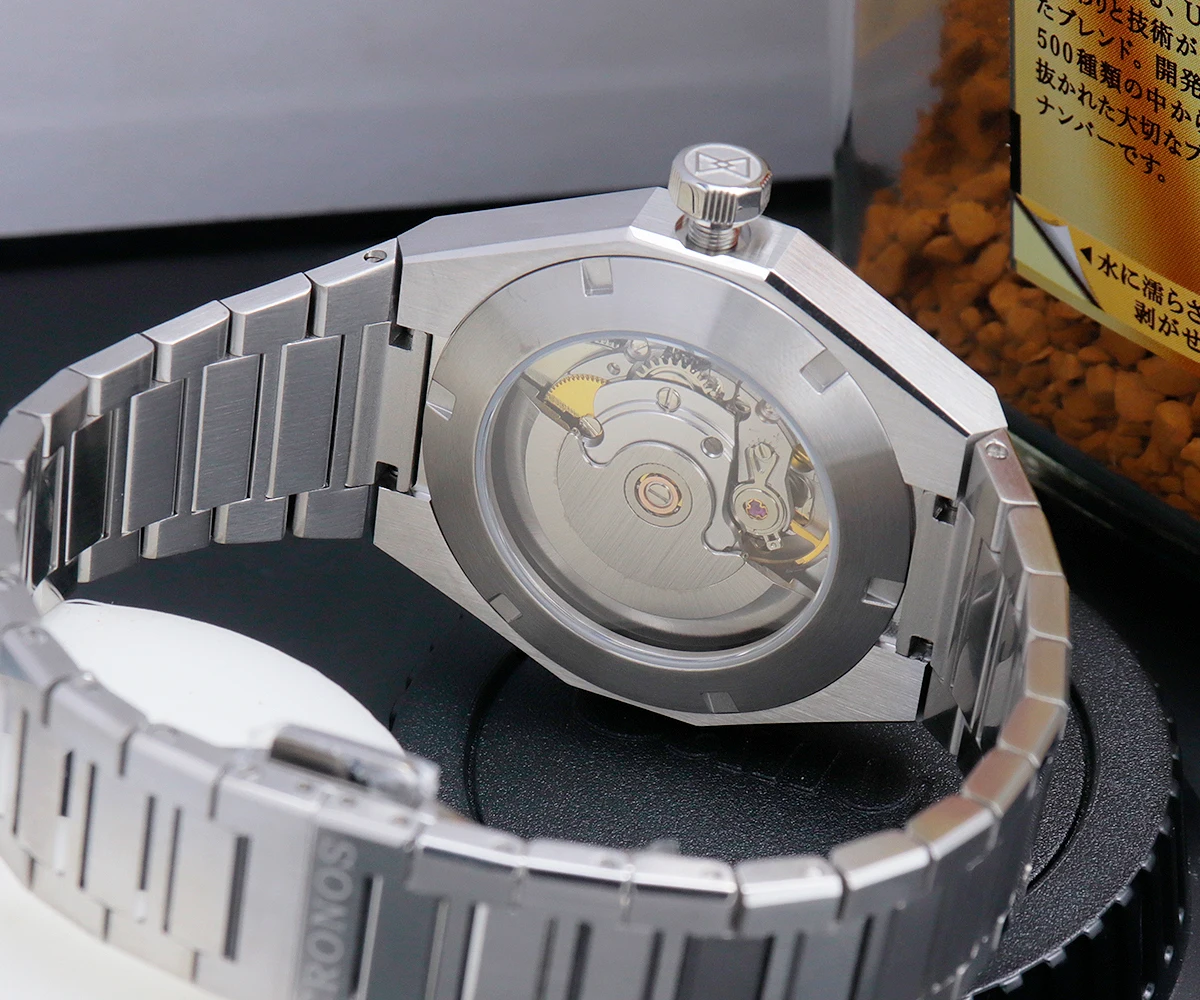Introduction
Mechanical watches stand as remarkable objects that bridge the gap between precision engineering and artistic expression. Unlike their digital counterparts, these intricate timepieces showcase centuries of horological tradition through their visual design elements. The style of a mechanical watch does more than just tell time—it communicates personality, suits specific occasions, and reflects appreciation for craftsmanship.
Whether you’re drawn to the clean lines of a dress watch or the robust functionality of a diver, understanding different visual styles helps you make more meaningful connections with these timekeeping instruments. The enduring appeal of mechanical watches lies not just in their inner workings, but in their outward appearance—designs that have remained relevant despite technological leaps in timekeeping.
This guide will walk you through the diverse world of watch aesthetics, from basic components that build a watch’s style to classic and contemporary categories. We’ll explore how historical periods have shaped watch design, provide practical tips for identifying different styles, and help you discover which aesthetic best suits your personal taste. The world of automatic watches encompasses a rich variety of visual expressions waiting to be discovered.
I. Understanding Watch Anatomy: The Building Blocks of Style
Before diving into specific styles, it’s essential to understand the components that create a watch’s visual identity. Each element contributes to the overall aesthetic and helps define which style category a timepiece belongs to.
Case
- Shapes: Round, square, rectangular, tonneau (barrel-shaped), or cushion
- Materials: Stainless steel, gold, bronze, titanium, or ceramic
- Finishes: Polished, brushed, blasted, or combinations
- Proportions: Thin and elegant or thick and robust, determining how the watch sits on the wrist
Dial
- Colors: Classic (white, black, silver) or bold (blue, green, red)
- Textures: Sunburst, matte, guilloché (engraved pattern), or tapisserie (waffle pattern)
- Hour Markers: Applied indices, Arabic numerals, Roman numerals, or a mix
- Layouts: Simple time-only, date windows, sub-dials, or complex multi-scale designs
- Complications: Date displays, moonphase indicators, power reserves, or other functional elements
Hands
- Styles: Leaf, sword, baton, alpha, breguet, or cathedral
- Materials: Steel, brass, gold, or blued steel
- Finishes: Polished, brushed, or painted (often for luminescence)
Bezel
- Types: Fixed, rotating (unidirectional or bidirectional)
- Functions: Plain, tachymeter scale, dive timer, GMT/world time
- Materials: Matching the case or contrasting materials like ceramic or aluminum inserts
Crystal
- Materials: Sapphire, mineral glass, or acrylic (on vintage-inspired pieces)
- Shapes: Flat, domed, or box-style
Crown and Pushers
- Styles: Simple, screw-down, oversized, or protected
- Integration: How they blend with or stand out from the case design
Lugs
- Designs: Straight, curved, wire, or integrated
- Integration: How they flow from the case
Straps and Bracelets
- Materials: Leather, rubber, fabric, steel, titanium, or precious metals
- Styles: Two-piece, integrated, mesh, oyster, jubilee, or president
Understanding these elements provides the foundation for recognizing the distinctive features of watch styles. The history of dive watch engineering shows how functional needs have shaped these components over time. For a fascinating look at how these parts work together, skeleton watches offer a transparent view of the mechanical marriage between function and form.
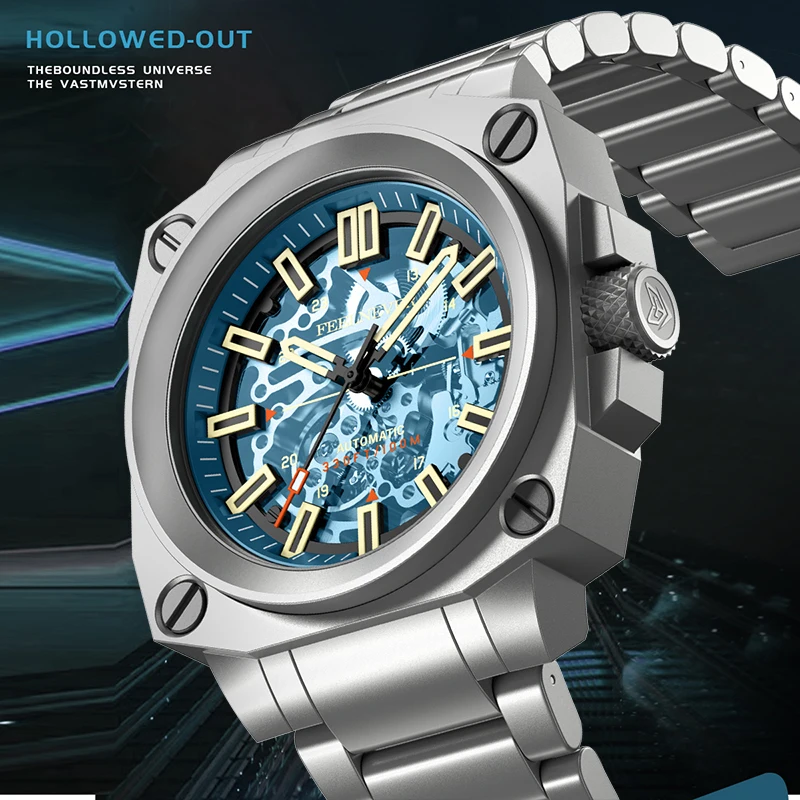
II. Classic Watch Style Categories
Dress Watches
Born from pocket watch designs, dress watches embody elegant simplicity. These timepieces feature thin cases (typically under 10mm), clean dials with minimal complications, and subtle hour markers. The hands are often delicate and precisely proportioned. Leather straps complete the refined appearance, though metal bracelets can provide a more contemporary look. Dress watches are ideal for formal occasions, business settings, or whenever understated elegance is appropriate.
Dive Watches
Originally created for underwater exploration, dive watches balance functionality with distinctive styling. Key visual traits include highly legible dials (typically black, blue, or other high-contrast colors), substantial luminous hour markers and hands, unidirectional rotating bezels with minute markings, and robust cases (usually 40-44mm) with strong water resistance. The evolution of classic style dive watches has created a versatile aesthetic that works both underwater and in casual everyday settings.
Pilot Watches
Designed for aviators, pilot watches prioritize legibility and functionality. Their distinctive appearance includes large cases (often 42mm+), highly legible black dials with white or luminous markings, oversized crowns (historically for operation while wearing gloves), and prominent numerals. Many feature triangle markers at 12 o’clock for quick orientation. The timeline of diving watch innovations shares similar functional design origins with pilot watches, as both were created for specialized professional needs.
Field Watches
With military heritage, field watches emphasize durability and readability. Their design language includes modest case sizes (typically 36-40mm), straightforward dials with 12 and 24-hour markings, matte finishes to prevent reflections, and simple hands often coated with luminous material. Canvas, nylon, or leather straps complete their utilitarian appearance. Field watches pair effortlessly with casual attire.
Chronographs
Distinguished by their ability to measure elapsed time, chronographs feature sub-dials (typically two or three) and pushers flanking the crown. Their dials contain multiple scales, creating a technical appearance with depth and dimension. Case sizes vary but tend toward the larger side (40-42mm) to accommodate the complex dial information. Classic manual wind watches often featured chronograph complications that balanced functionality with elegant design.
Racing Watches
Evolving from chronographs, racing watches incorporate high-visibility color schemes, tachymeter scales for speed calculation, perforated or textured straps inspired by driving gloves, and sporty design elements. Their aesthetic conveys speed and precision, often with contrasting sub-dials and vibrant accents against dark backgrounds.
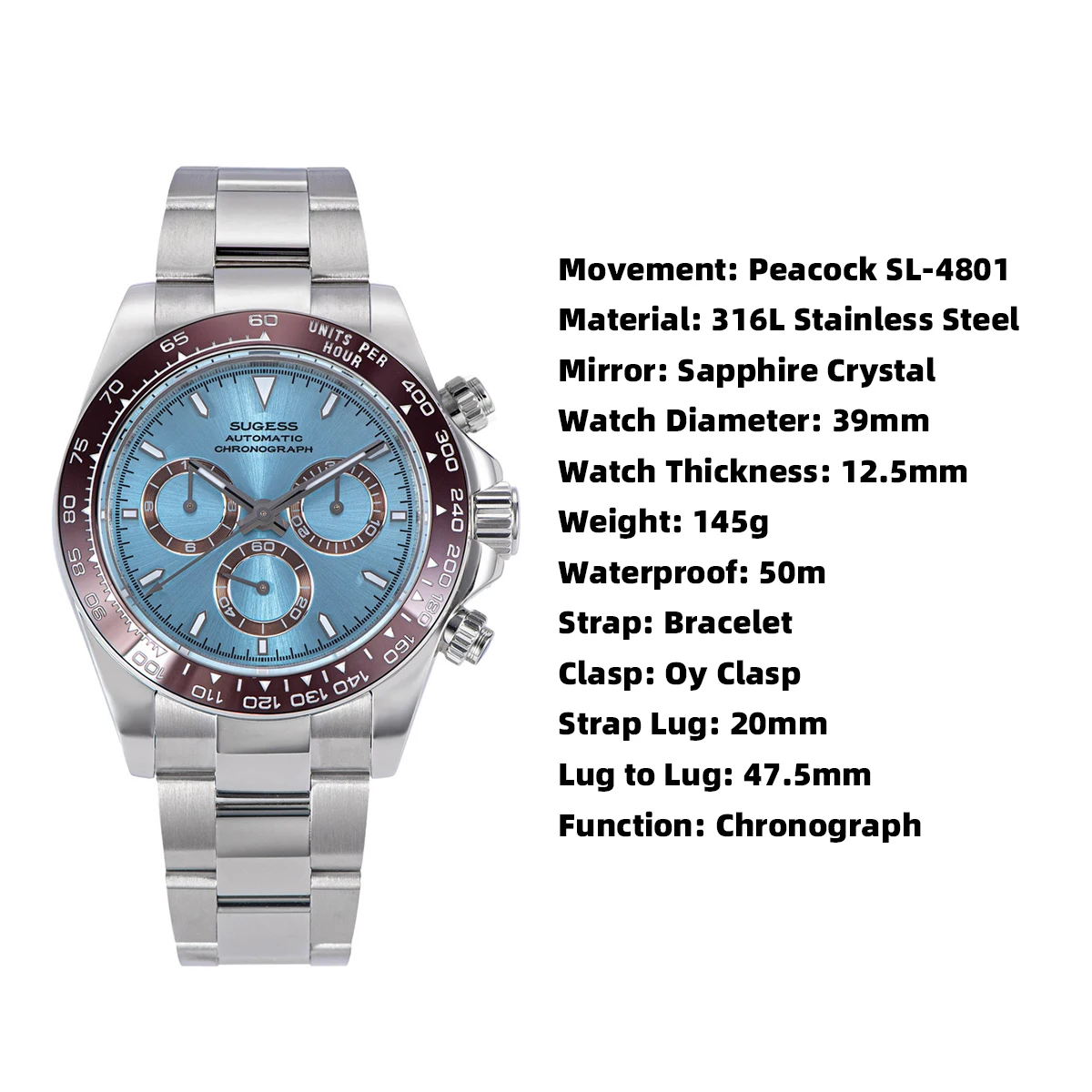
III. Contemporary and Specialized Watch Styles
GMT/Travel Watches
These timepieces display multiple time zones simultaneously, featuring distinctive 24-hour hands and bezels or chapter rings marked with 24-hour scales. Their visual identity often combines elements of sports watches with more sophisticated styling. GMT automatic watches maintain a perfect balance between functionality and refined aesthetics, making them ideal for frequent travelers and global professionals.
Skeleton Watches
Defined by their transparent design that reveals the movement, skeleton watches turn the mechanical components into visual features. The dials are either completely absent or partially cut away to display the gears, springs, and bridges beneath. The aesthetic emphasizes craftsmanship and mechanical beauty, with intricate finishing on movement parts becoming central design elements.
Open-Heart Designs
As a more subtle alternative to full skeletonization, open-heart automatic watches feature small apertures in the dial that reveal key parts of the movement—typically the balance wheel. This creates a dynamic visual element that draws attention while maintaining overall dial legibility. The contrast between the moving components and the static dial creates a sophisticated aesthetic.
Minimalist/Bauhaus Style
Inspired by the German Bauhaus design movement, these watches prioritize clean lines and functional elements. Their distinctive appearance includes simple round cases, uncluttered dials with stick indices or small numerals, slim hands, and a focus on essential functions. Color palettes tend toward neutral tones with occasional primary color accents. These pieces embody the philosophy that beauty emerges from pure functionality.
Art Deco Inspired
Drawing from the decorative arts movement of the 1920s and 30s, Art Deco watches feature geometric patterns, stepped cases (often rectangular or square), stylized numerals, and high-contrast color combinations. These designs celebrate symmetry, bold forms, and decorative elements while maintaining elegant proportions.
Vintage-Inspired/Heritage Designs
Modern watches that reference historical models feature intentionally nostalgic elements like domed crystals, aged lume colors, mid-century proportions, and design cues from specific eras. While incorporating modern manufacturing techniques and materials, these pieces capture the charm and aesthetic sensibility of earlier watchmaking periods.
IV. Design Periods That Shaped Watch Aesthetics
Early 20th Century & Trench Watch Era
The transition from pocket watches to wristwatches created distinctive aesthetics with wire lugs, enamel dials, and cathedral hands. These early pieces often featured cushion-shaped cases and large, legible numerals. Military needs during World War I drove functional improvements while establishing design codes that persist today, including high-contrast dials and protected crowns.
Art Deco Period (1920s-1930s)
This influential period brought geometric precision and decorative flair to watches. Rectangular and square cases gained popularity, with stepped designs and strong linear elements. Numerals became more stylized, and contrast between case metals and dial colors became more pronounced. The design evolution of formal watch styles shows how Art Deco elements continue to influence modern dress watches.
Mid-Century Modern (1940s-1960s)
This era established many enduring watch design templates. Clean dials, applied indices, dauphine or alpha hands, and integrated bracelets defined a new approach to watch aesthetics. Case proportions became standardized, with the now-classic 36-40mm diameter emerging as the ideal size. This period saw the birth of many iconic dive, pilot, and dress watch designs that brands still reference today.
The Experimental 1970s
Quartz technology disrupted mechanical watchmaking, leading to bold experimentation with forms. Integrated case-and-bracelet designs, unusual geometric shapes, gradient dials, and futuristic styling flourished. Though initially radical, many designs from this era have gained appreciation for their creativity and are now influencing contemporary watch aesthetics.
Contemporary Revival (1980s-Present)
Modern watch design balances tradition with innovation, often referencing historical pieces while incorporating new materials and technologies. The evolution of dive watch technology demonstrates how classic designs have been updated with modern materials like ceramic and titanium while maintaining their distinctive visual identity.
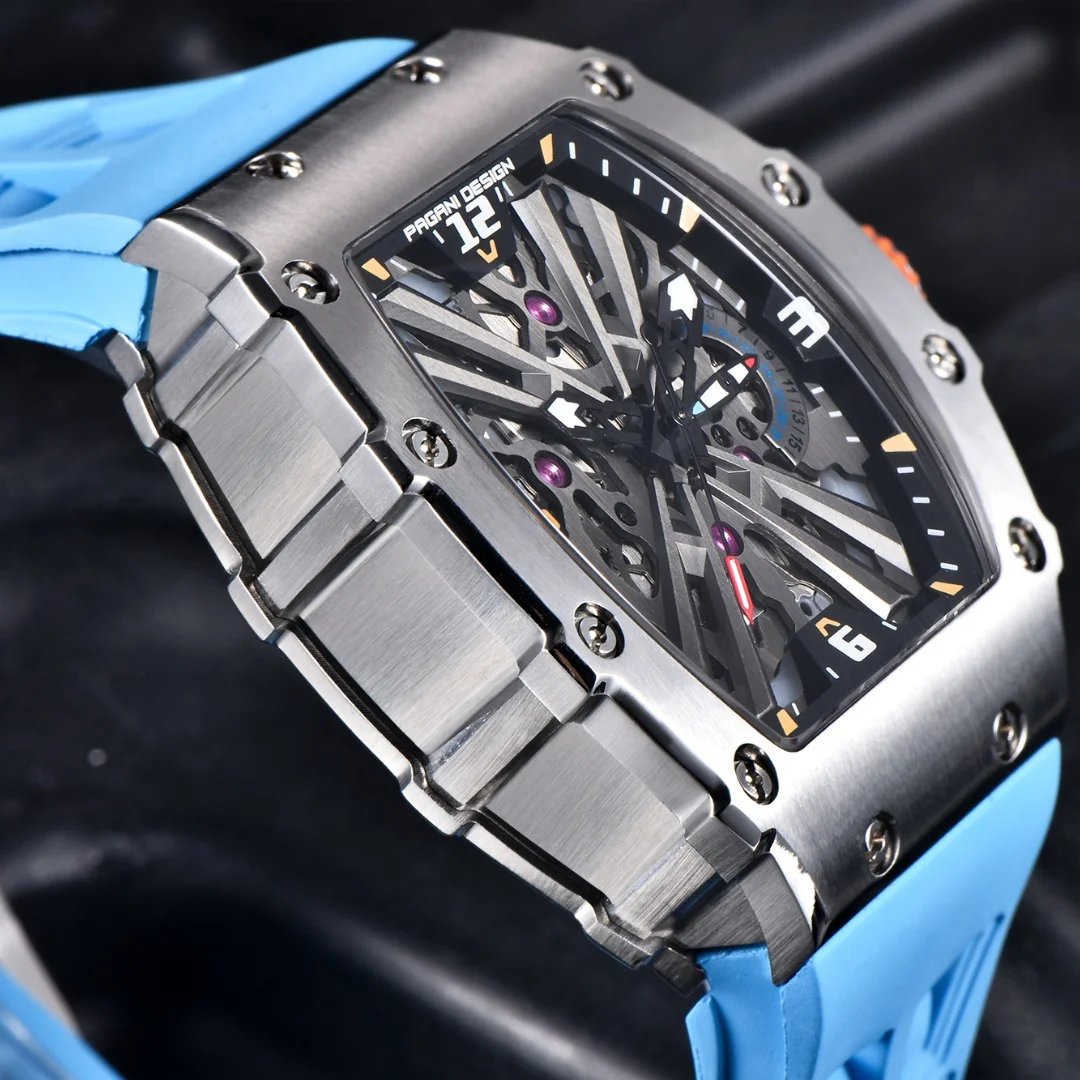
V. How to Identify Watch Styles in Practice
Developing an eye for watch styles involves looking at the whole picture while paying attention to key details. Start by assessing the overall purpose of the watch—is it built for diving, formal occasions, or flight decks? This functional foundation often reveals its style category.
Next, examine the dial arrangement. Dive watches typically have bold, simple markers and hands; chronographs display multiple sub-dials; dress watches maintain clean, uncluttered layouts. The presence or absence of complications (additional functions beyond time) can quickly narrow down the style classification.
Case shape provides further clues—round cases dominate sports watches, while rectangular and tonneau shapes often signal dress or Art Deco influence. The bezel design is equally telling: rotating bezels with minute markings suggest dive watches, while tachymeter scales indicate racing or chronograph styles.
Pay attention to the relationship between the lugs and strap—integrated designs often point to 1970s influence, while traditional lug arrangements appear across multiple styles. Finally, consider proportions and size, as these reflect both the era and intended purpose of the timepiece. The diversity of unique automatic watches demonstrates how these identifying elements can combine in distinctive ways.
VI. Finding Your Personal Watch Style
Discovering your ideal watch style starts with honest reflection about your lifestyle and personal aesthetic preferences. Consider the environments where you’ll wear the watch most often—office settings might call for understated dress watches, while active lifestyles might benefit from sportier designs with greater durability.
Your wardrobe also provides important clues. Those who typically dress in formal attire might gravitate toward slim dress watches on leather straps, while casual dressers might prefer the versatility of dive watches or field watches. Think about the colors, textures, and proportions that already dominate your personal style.
Many enthusiasts find that their collection evolves to include pieces representing different styles for different occasions. A versatile foundation might include one dress watch for formal occasions, one sports watch for casual wear, and perhaps a distinctive piece that simply speaks to your personal taste. Minimalist automatic watches offer excellent versatility for those seeking a single timepiece that bridges formal and casual settings.
Remember that trends come and go, but your personal connection to a watch’s design will determine your long-term satisfaction. Choose styles that resonate with you rather than following temporary fashion.
Classic Automatic Dress Watches, Day Date Automatic Watches, Perpetual Calendar Automatic Watches
Price range: $540.60 through $574.60 Select options This product has multiple variants. The options may be chosen on the product pageAutomatic Chronograph Watches, Chronograph Pilot Watches
Price range: $233.36 through $237.58 Select options This product has multiple variants. The options may be chosen on the product pageClassic Automatic Dress Watches, GMT Automatic Watches, GMT Pilot Watches
Price range: $1,240.86 through $1,463.33 Select options This product has multiple variants. The options may be chosen on the product pageAutomatic Chronograph Watches, Classic Style Dive Watches
$3,053.06 Select options This product has multiple variants. The options may be chosen on the product pageAutomatic Skeleton Watches, Open Heart Automatic Watches
$98.36 Select options This product has multiple variants. The options may be chosen on the product pageBronze Automatic Watches, Military Inspired Automatic Watches, Professional Spec Dive Watches
Price range: $1,442.21 through $1,442.82 Select options This product has multiple variants. The options may be chosen on the product page
VII. When Styles Blend: Hybrid and Fusion Designs
Today’s watch market features fascinating combinations of traditional styles, creating versatile hybrids that serve multiple purposes. The dress-diver category exemplifies this trend, maintaining the water resistance and luminous elements of dive watches while adopting more refined case finishing, slimmer profiles, and elegant dial treatments suitable for formal settings.
Field-chronographs combine the rugged simplicity of military watches with the functionality of chronographs, resulting in practical timepieces that track elapsed time while maintaining a utilitarian aesthetic. Similarly, pilot-GMT watches merge aviation styling with travel functionality, typically featuring oversized legible dials with additional GMT hands for tracking second time zones.
When examining these hybrid designs, identify the primary style (usually dictated by the case shape and overall proportion) and then note how elements from secondary styles have been incorporated through dial details, hand shapes, or bezel designs.
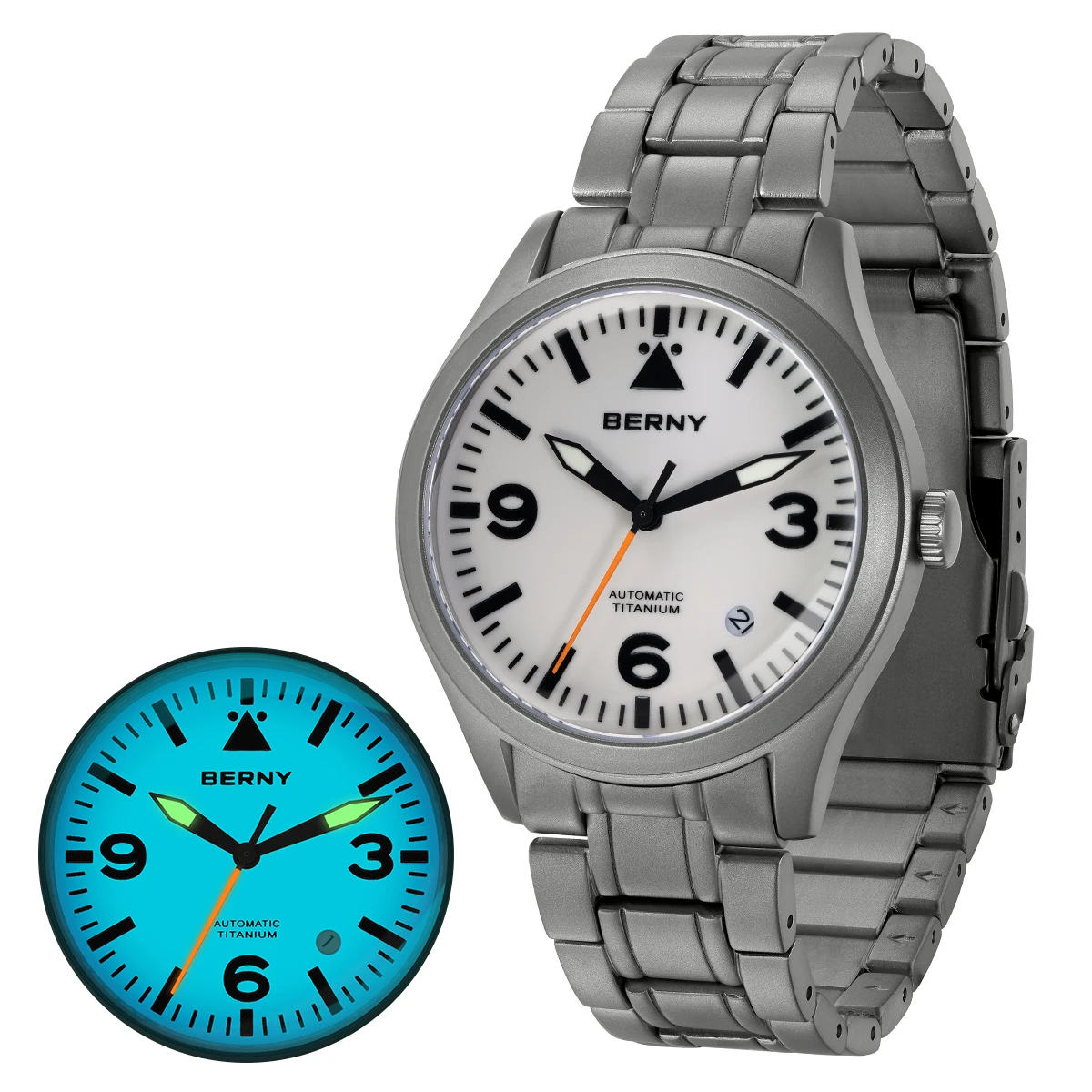
VIII. What Makes a Timeless Watch Design?
Certain watch designs transcend eras and trends, achieving timeless status through a perfect balance of form and function. These enduring designs typically share key characteristics: proportional harmony, where every element relates perfectly to the whole; purposeful design, where each feature serves a clear function; and visual clarity that prioritizes the primary purpose of telling time.
Timeless watches often embody restrained innovation—they introduce new ideas without abandoning proven design principles. They maintain a connection to horological traditions while subtly advancing the art form. Perhaps most importantly, they avoid flashy details or trend-dependent styling that might quickly appear dated.
The watches that endure decade after decade typically express their purpose honestly through their design. A dive watch looks like a dive watch because its features serve underwater timing needs; a dress watch appears elegant because its simplicity serves formal settings. This authentic relationship between function and form creates designs that remain relevant regardless of changing fashions.
IX. Glossary of Key Visual Terms
Alpha hands: Triangular-shaped hands that taper from a wide base to a pointed tip.
Bakelite: An early plastic material used for bezels on vintage watches.
Baton hands: Simple, straight hands with rectangular shape.
Dauphine hands: Tapered hands with a central ridge creating two angled planes.
Guilloché: Engraved decorative pattern of precise, repetitive designs on watch dials.
Lollipop hand: Second hand with a large circular luminous element at its tip.
Lug width: The distance between lugs where the strap attaches (typically 18-22mm).
Mercedes hand: Hour hand with a circle divided into three sections resembling the car logo.
Sandwich dial: Construction with a base layer of luminous material covered by an upper dial with cut-out markers.
Sunburst finish: Dial treatment with fine lines radiating from the center creating a sun-like effect.
Tapisserie: Waffle or grid pattern stamped onto dials for texture and visual interest.
Tritium: Luminous material used on vintage watches that develops a patina over time.

